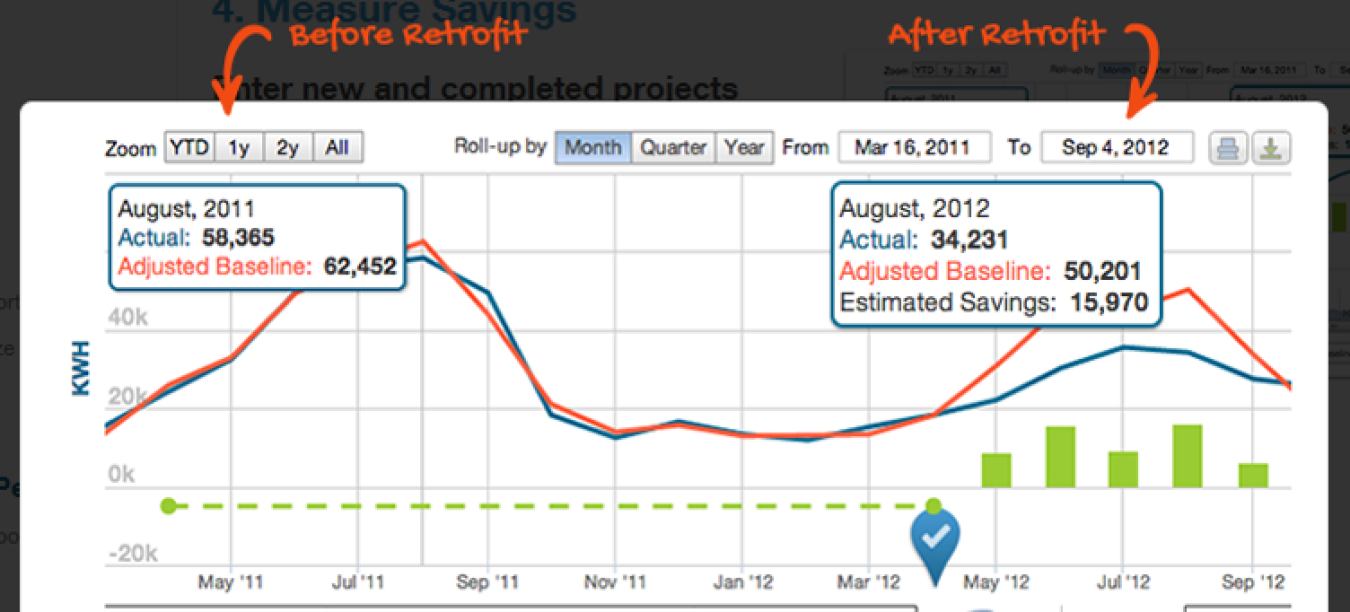American consumers and utilities spend over $7B on demand side management programs.
April 20, 2017
Automated M&V from Noesis.
By Dr. Jessica Granderson
American consumers and utilities spend over $7B on demand side management programs, representing a unique opportunity to leverage analytics-based measurement and verification to improve energy efficiency, while also creating a market need for specialized workforce development. The Department of Energy (DOE), in collaboration with Lawrence Berkeley National Laboratory (LBNL), is working to harness the potential of these "M&V 2.0" methods that combine automated smart meter data with advanced analytics methods to save time and money, while subsequently increasing confidence in energy savings claims.
Traditional M&V can prove challenging in two ways: Firstly, traditional M&V based on custom engineering calculations or simulation modeling is labor-intensive and not easily scalable; secondly, traditional M&V is not based on actual impacts at the meter, meaning that consumers and finance providers may lack confidence in savings claims and be reluctant to invest in a big way.
The general concept of using meter data to quantify building energy savings is intuitive and straightforward; in practice, however, there are many complications. With support from DOE, LBNL has been working with partners to address many of the market and technical barriers for M&V 2.0.
On the market side, LBNL and Rocky Mountain Institute have released a white paper titled The status and promise of advanced M&V: An overview of ‘M&V 2.0’ methods, tools, and applications. Written by a diverse set of co-authors, this multi-stakeholder piece provides needed clarity as to what M&V 2.0 is, what it isn’t, and its potential value to diverse users of M&V in the efficiency industry. It candidly discusses critical needs that must be met for confidence in scaled adoption of these emerging techniques.
Turning to more technical matters, a recent publication in Energy and Buildings begins to explore questions such as: What proportion of buildings are suitable for an M&V 2.0 approach? Can automated M&V 2.0 models generate results with high confidence and low uncertainty? What is the time-saving potential from M&V 2.0? These questions and others highlighted in the RMI-LBNL paper will continue to be answered through "live" pilots in partnership with regulatory, utility, and implementation partners.
While traditional M&V will remain the approach of choice for certain types of energy efficiency projects, a growing body of work offers encouragement that M&V 2.0 can have broad applicability, has the potential to increase the scale of delivery of efficiency, and can offer acceptable accuracy levels. Future work will focus on further proving out the value proposition, as DOE, the National Labs, and industry move closer to moving M&V 2.0 into the mainstream.

